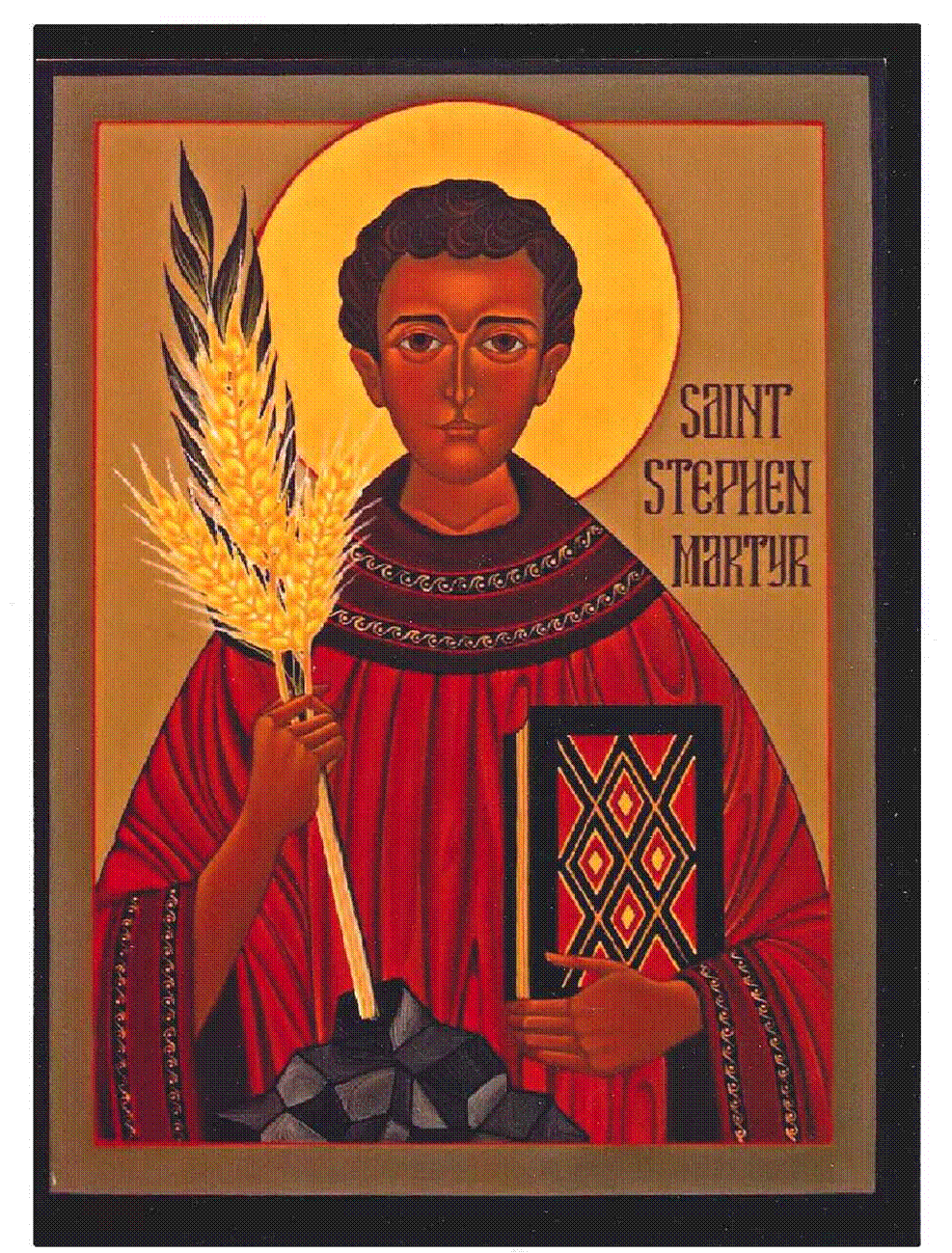Customs and Traditions

What are your customs and traditions for the holidays that are coming up?
Do you always dress up for Halloween? Do you always decorate the house so it's the coolest house on the block? Did your grandparents do the same? Will your grandchildren?
Is there a favorite side dish that you have to have at Thanksgiving dinner? Did your grandparents enjoy the same dish? Will your grandchildren?
Do you always open your presents on Christmas Eve? Are there certain decorations that have to be put up? When do the Wise Men make it to the manger scene? Did your grandparents do the same things? Will your grandchildren?
It turns out that most of what we call "traditions" are actually customs. They are particular to our families.
As our families grow and change the customs we observe change. My customs were combined with my husband's. Our customs as a married couple changed as we became parents. Customs changed again as our children have grown up and moved away. Our children are now creating their own customs.
Customs are important. They show us the way to do things. They may last for a generation or two or even three, but the odds that you observe the same customs as your grandparents are slim.
True traditions, however, have staying power. Traditions may grow out of customs. But while customs show us how to do things, traditions provide a larger context for why we do them.
It's hard for families to have traditions. Most of us just don't have centuries of family history.
But the church provides us traditions.
It's tradition in the Lutheran church to celebrate the Reformation on the last Sunday in October. How do we celebrate it? By custom we wear red. We sing "A Mighty Fortress."
It's tradition to observe All Saints' Day on the first Sunday in November. How do we observe it? In the Lutheran church it's customary to remember those who have died in the previous year. It's customary to sing "For All the Saints."
It's tradition to celebrate the birth of Christ at Christmas time. How do we celebrate? It's customary to have worship on Christmas Eve. It’s customary to sing "Silent Night."
Probably the three oldest traditions in the church are the Eucharist (communion), baptism and reading the Word.
Two of these, communion and the Word have always played a predominate role in our worship.
Customs around these long-standing traditions have changed, even during my lifetime. My childhood church celebrated communion about every six weeks. Other churches I’ve been to celebrated every other week. At St. Stephen’s we celebrate communion every week.
Other customs vary. Wafers or bread? Wine or apple juice? Kneel or stand? Psalm or no psalm? Chant or speak? Two readings or three?
Whatever customs the church uses, the traditions remain solid. Customs come and go. Traditions stay. The word of the Lord is read during the service. The meal of the Lord is shared. This is actually the way it has ALWAYS been done.
Baptism is also a tradition of the church. Somehow, though, some of the customs we historically used to observe this tradition actually managed to hide it from our view for generations.
In early churches baptismal areas were a prominent part of the architecture. They were frequently pools that you walked through during the baptismal ceremony.
Centuries after Christ, baptism was so important that baptistries were created, separate buildings to house the baptismal font or pool. In some cases they were grand buildings attached to the local cathedrals. They were typically used three times a year for mass baptisms by the bishop, and sealed shut the rest of the year.
As customs changed and local priests and ministers began to do baptisms, fonts came into local churches. They were placed in a separate or side chapel in the church building. Baptisms were private events, before or after worship services, with just the family present.
In my lifetime I‘ve seen the changes in customs surrounding baptism.
I remember my baptism. It was just my family. It was in a small, dark, windowless chapel that had seats for maybe ten people. It took place on Sunday afternoon, long after worship was over, and people had left the building.
Our children were baptized during worship, at baptismal fonts at the front of the church, with the entire congregation as witnesses.
Customs around baptism and the font continue to change. More churches now start worship service gathered at the baptismal font, as a reminder that we are brought to Christ through the waters of baptism.
The changes in custom are not a rejection of history, they are a reflection of the changes in our church as we welcome new people to our family in Christ.
As we as a congregation discuss how best to observe the church’s traditions and our specific customs, it's important to keep perspective. Traditions are long-standing. The traditions of meal, word, and baptism have an ancient history which has been carried through the centuries. The customs of meal, word, and baptism have changed from generation to generation, country to country, church to church.
Customs don't diminish traditions, they help us to faithfully observe and understand the traditions.
- Ann Warner












